Author: francesco Source: X, @francescoweb3 Translation: Shan Ouba, Golden Finance
For the past few years, Ethereum has been at a crossroads. Growing criticism has prompted a leadership change at the Foundation, with the goal of promoting broader scrutiny, increasing transparency and participation, and focusing on value capture at the Layer 1 level.
Previously, it was unusual to see the Executive Director frequently speaking at multiple forums at Ethereum conferences. This week, it was great to see @tkstanczak participating in as many events and discussions as possible. This new attitude is refreshing and may be a sign of things to come. So… this article provides an overview of Ethereum's vision.
Vision and Goals
To form a structured vision, one must first clarify the goals. Ethereum's primary goals include: 1. Reclaiming the spirit of encryption – how to protect privacy and trustlessness. This isn't just about attracting new users; it's about ensuring they can build upon these values and ideals and thrive on them. Building is necessary, but it must be done with purpose and values. 2. Ensure Ethereum remains the most secure and resilient blockchain infrastructure. This ties into Vitalik's "trillion-dollar security." It's part of a broader security discussion: Most importantly, how can we ensure that all technological developments continue to adhere to Ethereum's core principles and values—without shortcuts or compromises? How can we improve Ethereum's security? How can we best communicate this to users? How can we ensure that both institutions and users can leverage this security? Recently, many have criticized Ethereum for being somewhat distant from its builders. But it looks like this is about to change. In fact, we can expect the Ethereum Foundation to take a more proactive stance and introduce a new treasury policy. According to Thomas, this policy will be used to identify efficient and enduring DeFi protocols and to strategically allocate funds—moving from a reactive to a guided approach.
This is just one of a number of challenges affecting Ethereum’s long-term future, including:
Regulatory clarity
AI adoption
Privacy issues
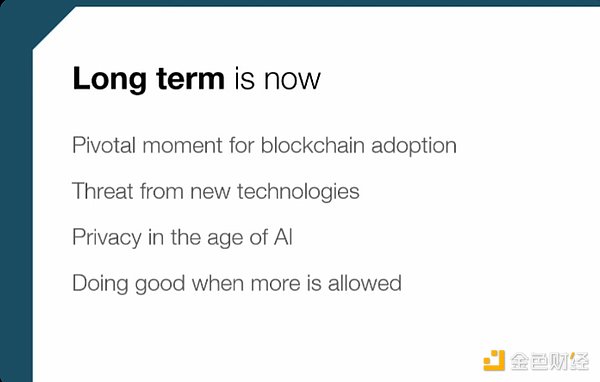
Amid these challenges, a major recent trend has been the increase in institutional adoption.
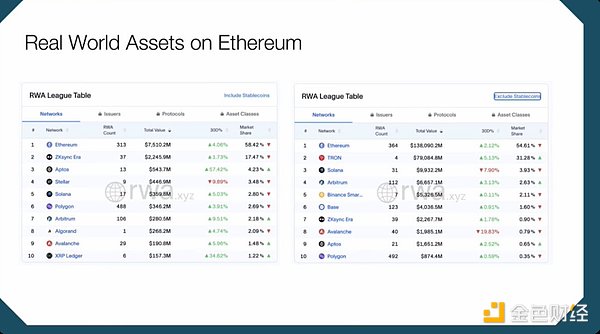
The future vision of Ethereum is to split the business into modular components in multiple areas, open source it and remove intermediaries. These modules will ensure a smooth transition from Web2 to Web3, reducing friction for institutions. Imagine health institutions in different countries being able to jointly open and contribute to health data repositories. All of this is ensured by secure and verifiable interactions on the Ethereum chain. The ultimate goal? Allowing users to trade assets worldwide on-chain. However, to achieve this vision, Ethereum must address some core challenges and frustrations faced by users.
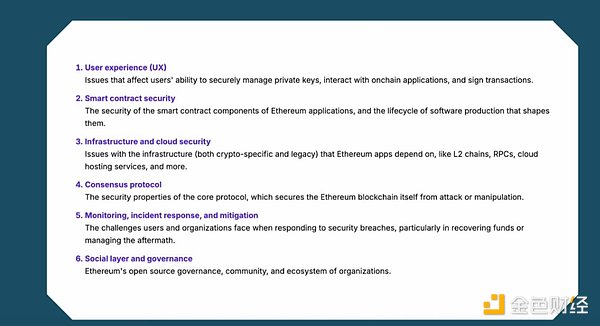
Therefore, one of the focuses in the future will be to deal with the key issues of on-chain privacy and identity, and to respond to the threats posed by artificial intelligence by building ETH into a trusted layer for AI execution.
—— Trustworthy Neutrality
—— Globalization
—— Private and Secure by Design
These goals will foster a diverse ecosystem and form a social structure that allows different participants to collaborate, with the ultimate goal of making Ethereum an anti-fragile network.
To truly resist centralization, it is necessary to ensure global participation and incorporate multiple voices and approaches into the construction process to create a truly global network. This will enable ETH to listen to truly important needs and empower diversity and pluralism. Equally refreshing is the Ethereum Foundation's clear statement regarding the relationship between L1 and L2, stating that there is no conflict between the two. Instead, ETH will actively guide the smooth transition of L2 to Stage 2, using ETH as the underlying security guarantee to protect users.
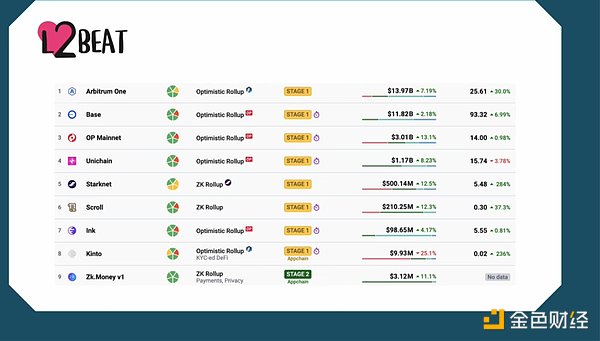
Furthermore, we are seeing the emergence of real-time blockchains like MegaETH and other high-speed networks like Monad and Hyperliquid.
This raises questions of interoperability and integration:
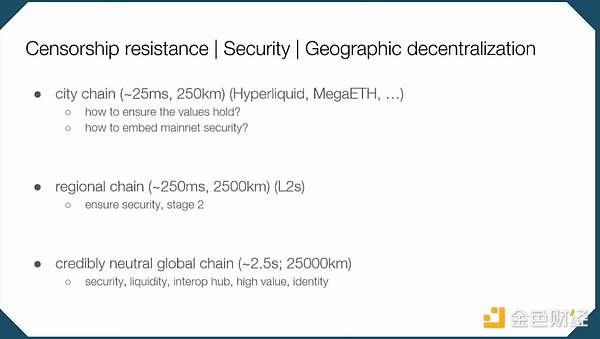
Therefore, new tools need to be introduced to verify the layers where these new challenges arise and ensure that clients can integrate with these networks. This also opens up new creative space for client development.
Currently, all ETH client teams have agreed to increase the gas limit for each block from 45m to 60m, and plan to reach 100m by the end of this year or the first quarter of next year.
This will be driven by an internal reorganization, with modular teams working around common goals:
Extend L1
Extend blobs
Improve user experience
Improve interoperability
And yes, extending L1 (a relatively neglected area until now) is also among the goals.
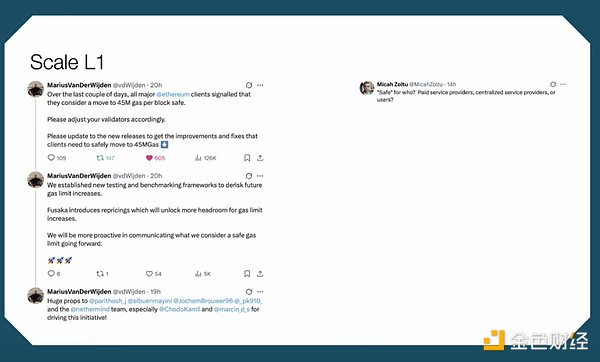
Can we really say that?
Bullish on ETH - I personally welcome this "awakening" and look forward to it continuing to advance.
 Catherine
Catherine











